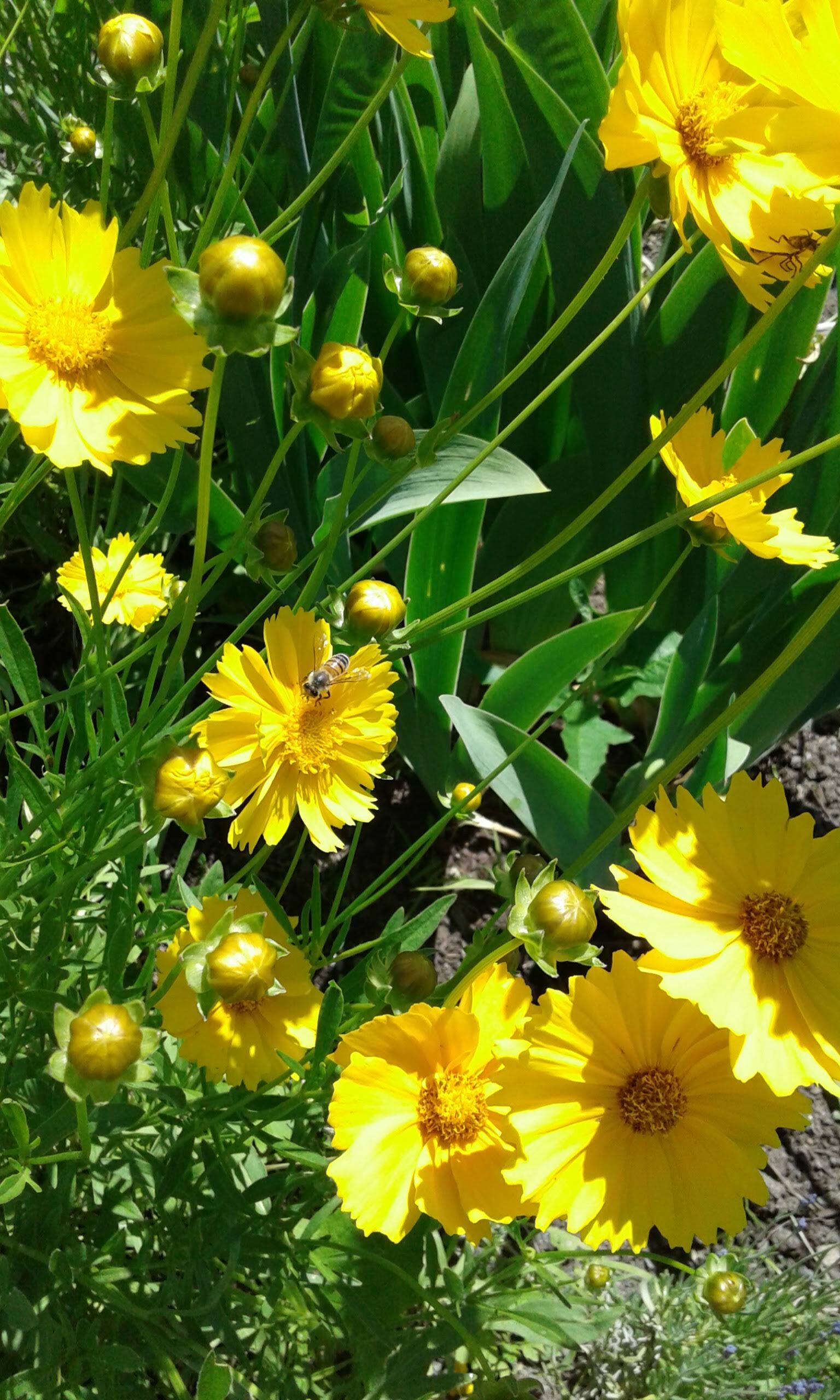Kite’s Nest, a liberatory education center located in Hudson, New York, provides space for local youth to build connections and to learn.
Kites Nest activities foster self-efficacy, community and personal healing, and civic action. Youth are encouraged to use tools they create themselves to envision powerful ways of working together to create system change around equity and justice issues relevant to them.
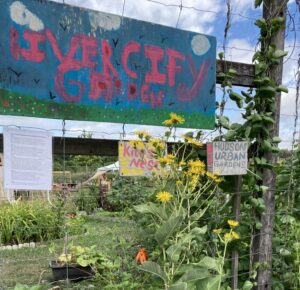
River City Garden
During June and July, I had the pleasure of beginning to fulfill the internship requirement for my M.Ed. in Environmental Education at Bard CEP with this amazing organization. I worked with youth in the River City Garden, under the tutelage of Briggin Scharf, Kite’s Nest ReGen Program Manager.
The River City Garden hosts outdoor and community-based programs for kids and teens built around growing food, critical thinking about food systems, food justice and becoming local leaders. It’s also a resource for the low-income and immigrant families of Hudson, providing opportunities for local food security, as well as helping families grow food at home.
Key preparation through the Bard M.Ed. curriculum
I’ve wanted to work with Kite’s Nest since visiting during my first semester at Bard. Our professor, Scott Kellogg of Radix Center in Albany, took us there to demonstrate concepts we were learning about in his “Foundations of Environmental Education” class around sustainable systems, food security and health.
This internship was also an opportunity for me to explore the importance of the kind of collaborative, student-directed learning we studied in my Bard MAT class, “Language, Literacy and the Adolescent Learner.” The Kite’s Nest philosophy centers the environment as our teacher and the community garden as our classroom, with the passion and interests of the teens as the guide for projects and discoveries.
I was able to watch teens grow as leaders through Kite’s Nest’s Social Justice Leadership Academy. Working on projects addressing the environmental and social justice issues, these youth are looking for ways to create a more just community and world.
New experiences
It was a new experience for all of us, gardening and working together during the time of COVID-19. We had to figure out new ways to garden and learn, while still adhering to pandemic-response guidelines such as washing hands, wearing face masks and physical distancing, to be sure everyone was safe.
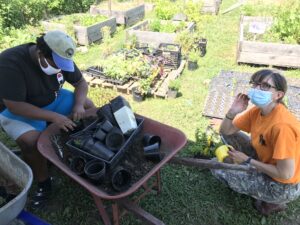
My first day on the job began with picking up veggie flats donated by Blue Star Farm and delivering them to the garden site. This was a great opportunity to meet a local farmer and feel like part of the Kite’s Nest team right from the start. It also reinforced the importance of partnerships to environmental education programming and organizations.
When I arrived at the garden, I heard a mockingbird calling and calling, and I watched it fly around the back of the garden with a sense of urgency as we brought the veggie flats in from my car.
I met Kenny, the teen I would be working with, and Briggin took us on a tour of the garden. Then the three of us watered the garden beds and cut, bound, and hung chamomile flowers for drying.
The mockingbird got my attention again at the end of the day, when I found a nest with nestlings on top of a garden trellis in the back of the garden.
Learning together
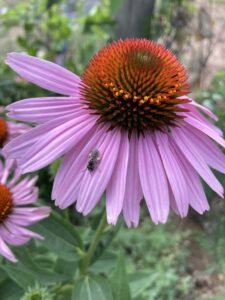
During those first few weeks, we continued to work on watering, weeding, planting seeds, transplanting seedlings, and labeling plants.
We potted up herbs to go along with grocery boxes being distributed by Hudson Youth Department to people impacted hardest by COVID-19 in Hudson.
We were joined by a few more teens, Majel and Melina, and by Heylan Tsumagari, another Kite’s Nest educator. Together, we worked on the existing raised beds—weeding, harvesting, and transplanting—and on designing and building secure fences to keep out persistent woodchucks.
We also built new raised beds to expand the garden’s capacity to grow food, flowers, herbs, and medicine in this wonderful urban community space.
Watching everything grow, we noticed the new leaves, flowers, and fruit. With Briggin’s prompts, we learned that tomatoes and carrots are friends in the garden, and that mugwort may make you have vivid dreams.
ReGen Compost Project
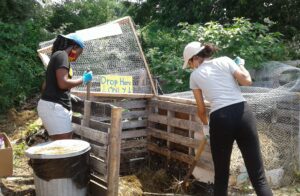
Finally, we learned from Melina and Briggin about ReGen—the teen run composting project at River City Garden.
As we processed organic waste and tended to the bins already beginning to change, they shared the story of this environmentally responsible service to the community.
Food waste from community members is recycled and turned into nutrient rich compost instead of going to the dump and producing methane as it rots in the landfill.
My own learning
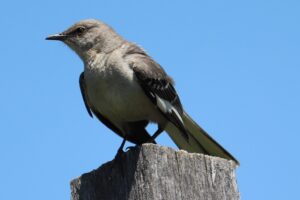
The most valuable aspect of this internship has been the things I learned from the teens and garden.
Concepts I learned about in my M.Ed. classes come alive at River City Garden—like the connections and engagement that Paulo Freire says are an integral part of learning: “Learning involves an active engagement with the world, with words and with other people.”
These words come to life each day as I work in the garden.
Looking back, I think what the mockingbird was trying to tell me that first day was that I was meant to be close at hand but let the youth, plants, soil and smells guide the learning, as I grew with them and the garden.
